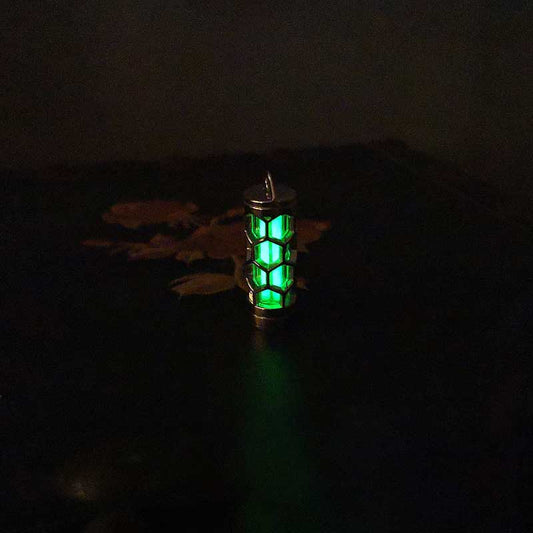The Many Faces of Rings A Journey Through Symbolism
The Many Faces of Rings A Journey Through Symbolism
It was my grandmother's gold wedding band that first got me pondering the significance of rings. Though small and unassuming, its simplicity carried a weight that seemed to have no end—quite literally, given its circular form. This band symbolized decades of love, commitment, and shared life stories, and yet, it remained quiet—even humble—in its elegance. Rings, as I came to realize, are more than just decorative objects; they are vessels of meaning, cultural touchstones, and personal narratives that transcend time.
In Western culture, rings are perhaps best known for their role in symbolizing romantic commitment. From engagement to wedding bands, these rings serve as public declarations of love and promises of fidelity. The choice of metal—be it the timeless elegance of gold, the modern appeal of platinum, or the budget-friendly allure of sterling silver—each carries its own set of associations. Gold, for instance, has been historically linked with wealth and endurance, while platinum is often chosen for its strength and rarity, reflecting a love that is not only strong but also rare.
But rings are not limited to romantic symbolism. In many families, signet rings carry the weight of heritage and lineage. Originally used to stamp seals in hot wax, these rings were symbols of authenticity and authority. Today, they often make a comeback as heirlooms, passed down through generations, each carrying the family crest—a visual narrative that speaks to shared ancestry and identity.
One cannot discuss rings without acknowledging their role in religious and spiritual contexts. Claddagh rings, with their heart, crown, and clasped hands, tell tales of love, loyalty, and friendship, deeply embedded within Irish culture. Similarly, rosary rings serve as tactile tools for prayer, emphasizing spiritual devotion over worldly concerns. These religious rings create a tangible connection to one's faith, offering comfort and prompting reflection.
I remember when a friend of mine returned from India, they couldn't stop talking about the ornate rings they had seen—glimmering with precious stones and intricate designs. In some Eastern traditions, each gemstone and pattern holds specific significance, related to celestial alignments or personal traits. It's fascinating how the same object—a ring—can be imbued with such a vast array of meanings, depending on the cultural lens through which we view it.
In fashion too, rings have a language—one that speaks of style, personality, and sometimes, rebellion. Think of the unconventional artworks wrapped around fingers at contemporary art shows, or the statement pieces that adorn the hands of fashion-forward celebrities. These rings aren't just accessories; they're expressions of individuality, mini-manifestos declaring the wearer's aesthetic and sometimes even political stance.
Reflecting on my grandmother's gold band again, I realize that it might never end up in a museum, nor will it start conversations at a cocktail party. Yet, its value is neither diminished nor defined by grand gestures or eye-catching designs. It stands for a quiet endurance, a steady devotion, and a history that's both personal and shared. And really, isn't that the true beauty of rings? They can be anything—a promise, a statement, a memory—shaped not only by their physical form but by the tales they hold.































